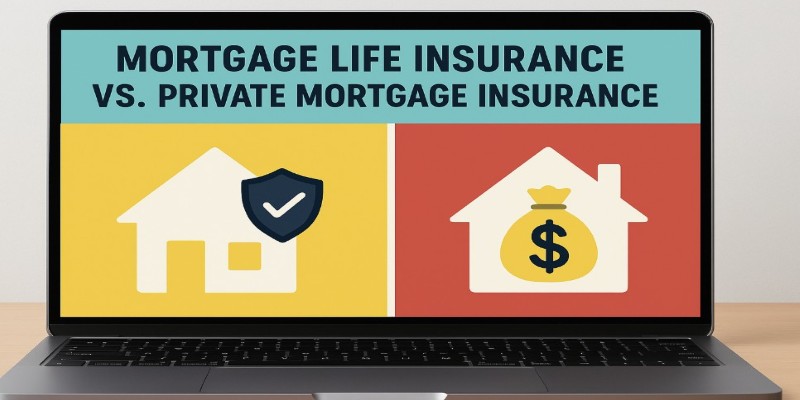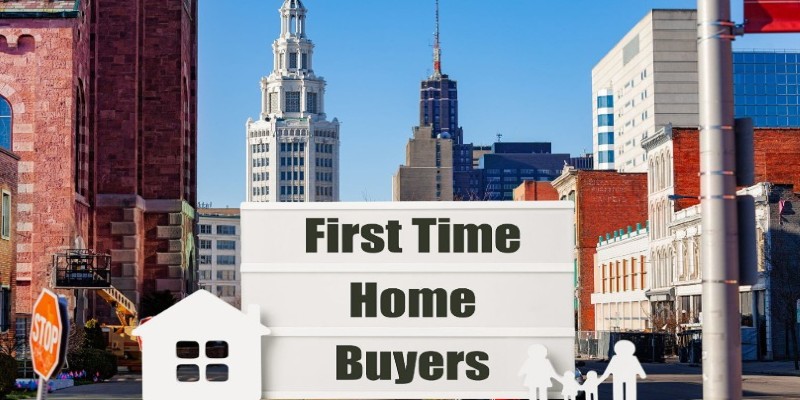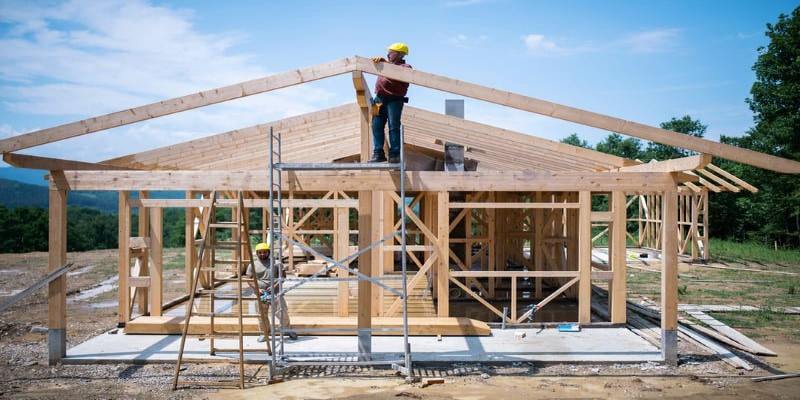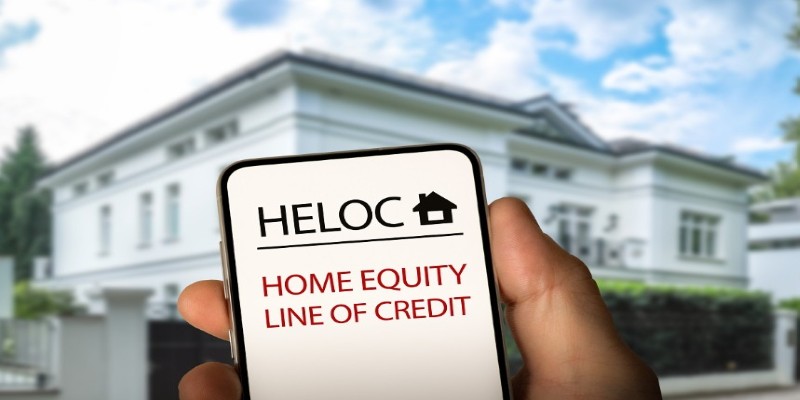If you're planning to buy a home with a Federal Housing Administration (FHA) loan, you've likely heard of something called a Mortgage Insurance Premium, or MIP. It may sound like just another box to check on a long list of mortgage-related terms, but it's one of those costs that deserve a closer look—especially if you're counting every dollar in your monthly budget. While it might seem frustrating at first glance, understanding how MIP works can help you make better decisions as you plan your home purchase.
Let’s explore what it is, why it exists, how it’s calculated, and when you might be able to get rid of it.
First, Why Does MIP Exist?
When you get a conventional loan and put down less than 20%, lenders usually require private mortgage insurance (PMI). The FHA works similarly but calls it Mortgage Insurance Premium. It's there to protect the lender—not you—in case you stop making payments. Think of it as the FHA's way of saying, “We’re willing to back your loan, but we need a safety net.”
Unlike PMI, MIP is mandatory for almost all FHA loans, no matter how much you put down. Even if you walk in with a 10% down payment, you’re still paying MIP—at least for a while.
The FHA doesn't offer loans directly. Instead, it insures them, making lenders more comfortable giving loans to buyers with smaller down payments or lower credit scores. But that insurance isn’t free, and that’s where MIP comes in.
How MIP Is Calculated
Now to the numbers. MIP isn’t one-size-fits-all. It comes in 2 parts: an upfront premium and an annual premium that you pay monthly.
1. Upfront Mortgage Insurance Premium (UFMIP)
This is usually 1.75% of your loan amount. It’s a one-time fee, but don’t let the word “upfront” confuse you—you don’t necessarily have to pay it out of pocket at closing. Most borrowers choose to roll it into the loan itself, which increases the total amount borrowed.
For example, if you're borrowing $250,000, the upfront premium would be $4,375. If you choose to finance it, your total loan amount becomes $254,375.
2. Annual MIP
This one’s a little trickier. Despite the name, it’s not a once-a-year payment—it’s divided into monthly chunks and added to your mortgage payment. The percentage varies depending on your loan term, loan amount, and how much you put down.
Here’s a quick look:
Loan amount less than or equal to $726,200
- Loan term more than 15 years
- Less than 5% down: 0.55%
- 5% or more down: 0.50%
Loan amount more than $726,200
- Loan term more than 15 years
- Less than 5% down: 0.75%
- 5% or more down: 0.70%
The percentage is applied to the average loan balance each year. For a $250,000 loan at 0.55%, that’s $1,375 a year—or about $115 a month. And yes, that’s on top of your principal, interest, property taxes, and homeowners insurance.
Can You Ever Stop Paying It?
Yes, but there are rules—and they’re not as simple as waiting for your equity to hit a magic number like with conventional loans.
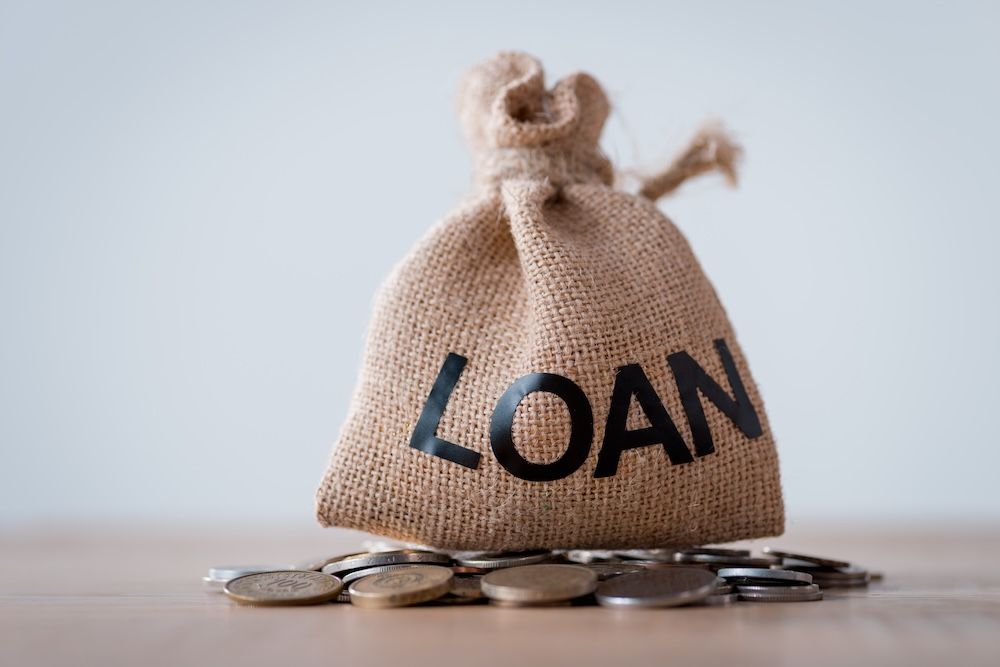
Loans With Less Than 10% Down
If you put down less than 10%, you’ll be paying MIP for the life of the loan. No matter how much equity you build, it doesn’t go away unless you refinance into a different type of loan—typically a conventional mortgage without PMI.
Loans With 10% Down or More
Put at least 10% down? Good news. The MIP will fall off after 11 years. It's not exactly short-term, but it's something.
This is why some homeowners aim to refinance once their credit improves or their home gains value. Refinancing to a conventional loan could eliminate MIP—if the loan-to-value ratio is 80% or lower.
Steps to Manage MIP Costs
Managing MIP starts before you even apply for a loan. It’s about planning wisely and knowing when to make a move. Here's how you can take control of your MIP situation:
Step 1: Know Your Loan Options Early
If you’re leaning toward an FHA loan, check the long-term numbers. Compare how MIP will affect your monthly payment and total cost over time. If you’re close to qualifying for a conventional loan, it might be worth waiting or improving your credit.
Step 2: Decide on Financing the UFMIP or Paying It Outright
You can either pay the 1.75% upfront premium at closing or roll it into your loan. If you have the cash and want to keep your monthly payment lower, paying it upfront can be a sensible option. But if money is tight, financing keeps things moving without a delay.
Step 3: Budget for the Monthly MIP
It’s easy to underestimate your total mortgage cost if you forget to include MIP. When budgeting, make sure to factor it in. If you’re using a mortgage calculator, look for one that includes MIP so you’re not caught off guard.

Step 4: Reassess After a Few Years
Once your credit score improves or your home’s value rises, it may be time to refinance. This is your opportunity to switch from an FHA loan with MIP to a conventional loan without PMI. Just make sure to consider closing costs and how long you plan to stay in the home before making the jump.
Wrapping It Up
A Mortgage Insurance Premium isn’t optional with an FHA loan, but that doesn’t mean it should catch you by surprise. It’s built into the loan for a reason: to make homeownership more accessible for buyers who don’t have a big down payment or perfect credit. The trade-off? You pay extra each month—and possibly for the life of the loan.
But with a clear understanding of how it works, how it's calculated, and what your options are down the road, MIP becomes less of a mystery and more of a cost you can plan for. Whether you decide to pay it and keep your FHA loan or eventually refinance and get rid of it, knowing the details gives you more control over your mortgage—and your money.


